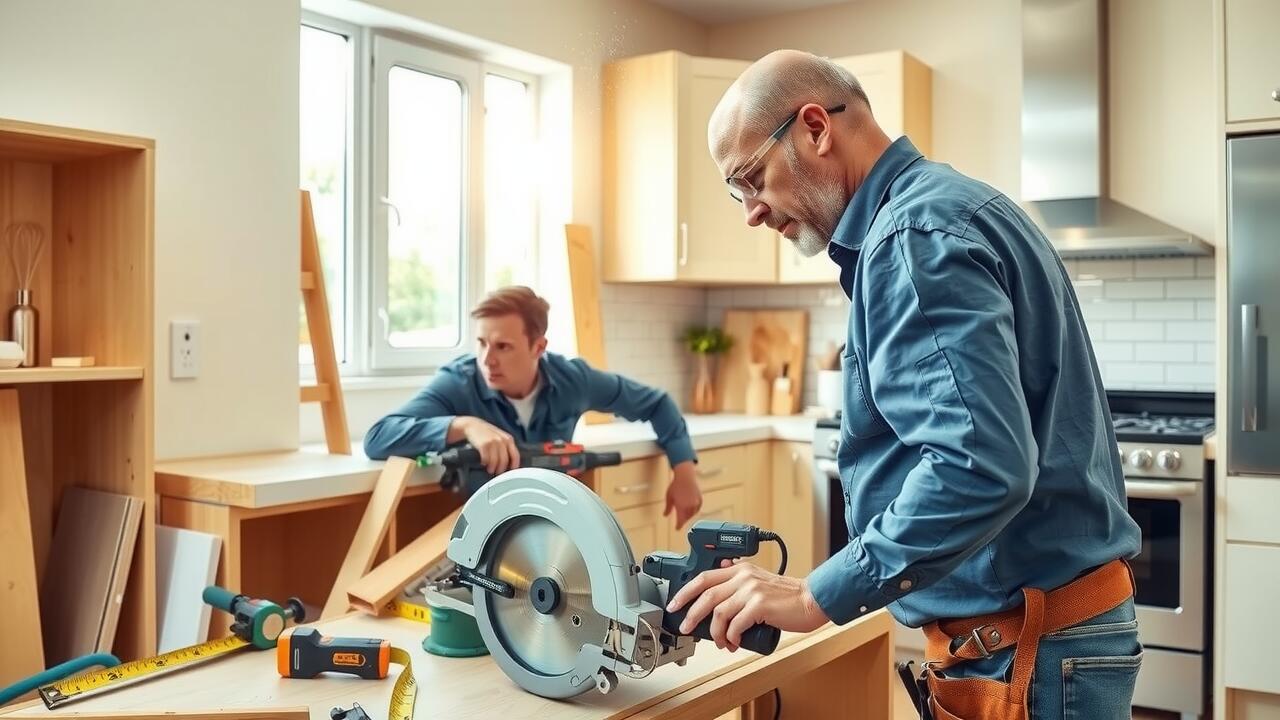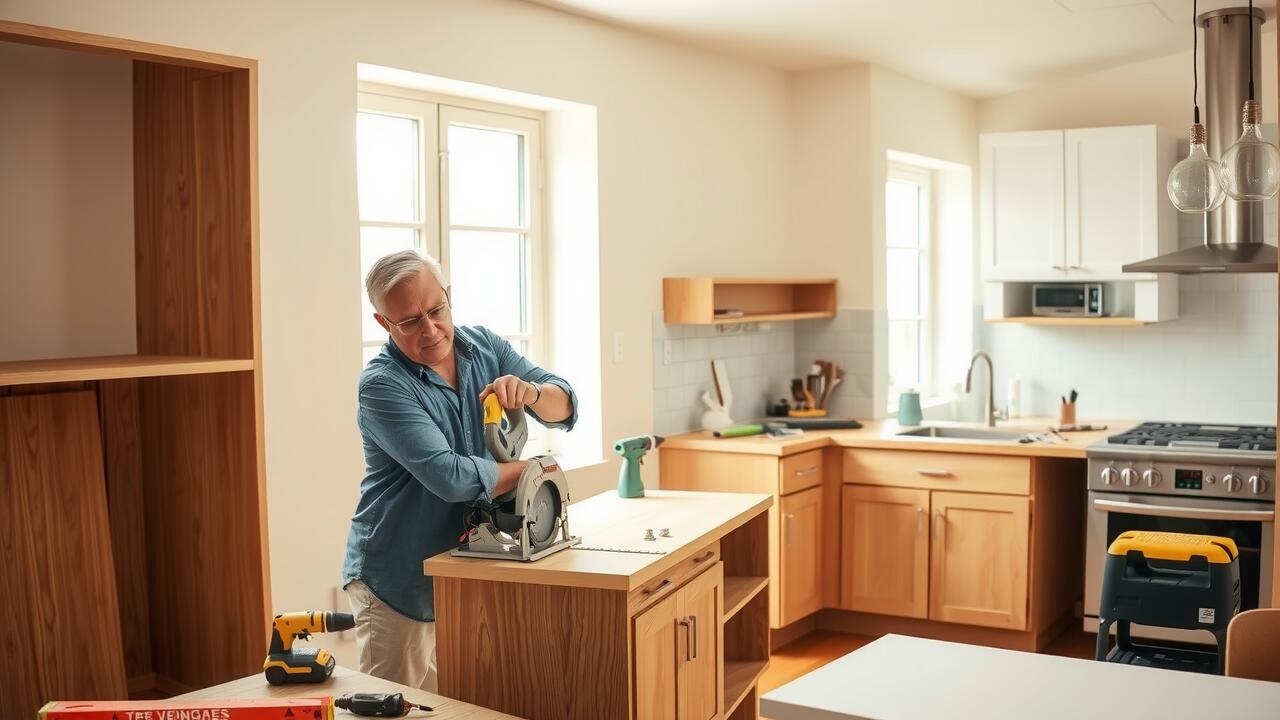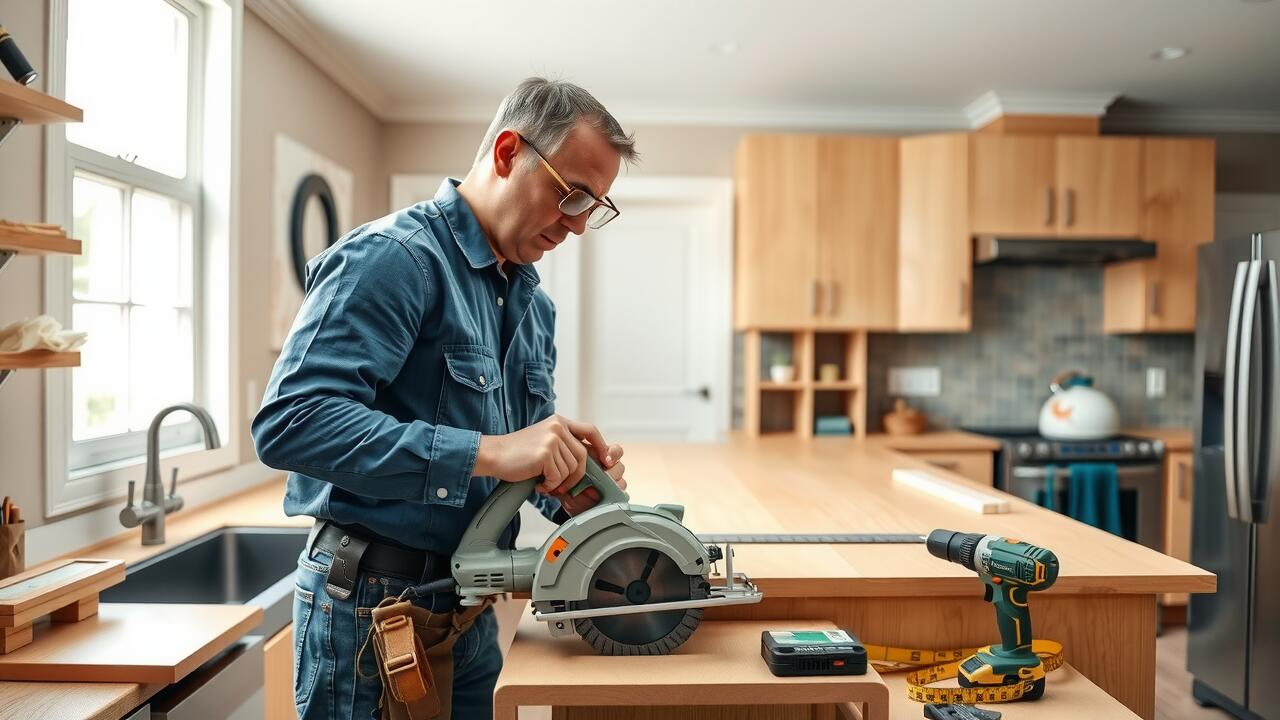
Table Of Contents
Demolition and Preparation
Demolition and preparation mark the initial phase of any home remodeling project. This stage involves the careful removal of old fixtures, cabinets, and surfaces to make way for new designs. In Bouquet Junction, Santa Clarita, homeowners often appreciate the efficiency of a well-planned demolition process. Proper planning not only ensures that the space is cleared effectively but also helps in identifying potential issues that may need attention before construction begins.
Once the demolition is complete, the focus shifts to preparing the space for the upcoming changes. This includes necessary repairs to the existing structure and any adjustments required to accommodate new installations. Home remodeling in Santa Clarita can sometimes reveal unexpected challenges, such as structural issues or outdated wiring. Addressing these matters during the preparation phase is crucial for a seamless transition to the construction stage, ultimately enhancing the project’s overall success.
What to Expect During Tear-Out
During the tear-out phase of home remodeling in Santa Clarita, expect a considerable amount of noise and dust as old materials are removed. This might include ripping out walls, flooring, and fixtures, which often reveals underlying issues that need addressing. Commonly, homeowners are advised to stay out of the area during this time for safety and comfort.
Your contractor will typically provide a clear timeline for the tear-out process, outlining how long each segment will take. This phase is crucial for ensuring the new designs accommodate the home’s structure and planned updates. Home remodeling in Santa Clarita means taking local regulations into account, so your team may also complete necessary permits and inspections during this time to keep the project on track.
Construction and Installation
During the construction and installation phase, the framework of your vision begins to take shape. Contractors and skilled laborers work diligently, focusing on structural elements, electrical systems, plumbing, and flooring. This phase is essential for transforming initial designs into tangible features. Home remodeling in Santa Clarita often embraces both modern and traditional materials, ensuring that the new installations harmonize with the existing aesthetic of your property.
As the project progresses, updates on timelines and any adjustments will keep you informed. Regular communication with your contractor becomes vital to address any concerns that may arise. Subcontractors may be brought in for specialized tasks, ensuring that every aspect of the renovation meets professional standards. Attention to detail during installation will pay off, enhancing both functionality and the overall appeal of your home.
Timeline of Key Renovation Tasks
Understanding the timeline for key renovation tasks is crucial for anyone undergoing home remodeling in Santa Clarita. Each project will differ based on its scope, but establishing a general timeline can help set expectations. The initial phases usually involve obtaining permits and finalizing design plans, which can take a few weeks. Once the preparations are complete, the demolition stage begins, typically lasting one to two weeks depending on the extent of the work needed. This phase clears the way for new installations and features.
Following demolition, construction and installation take center stage and may require several weeks to several months. Essential tasks include framing, electrical work, plumbing, and installation of fixtures. Contractors often move from one task to the next, which can make tracking progress challenging. Homeowners should also factor in time for inspections and any adjustments that may arise along the way. Keeping communication open with your contractor is vital to ensure a smoother remodeling experience and adherence to the planned timeline.
Inspections and Quality Checks
Inspections and quality checks are essential components of home remodeling in Santa Clarita. These steps ensure that all work complies with local building codes and regulations. A licensed inspector may evaluate plumbing, electrical systems, and structural integrity. Regular inspections help identify potential issues early, allowing for timely corrections without causing major delays in the overall project.
Quality checks focus on the craftsmanship and materials used during the remodeling process. Contractors should perform their own assessments at various stages, ensuring that every aspect meets agreed-upon standards. Homeowners have the right to request updates and walkthroughs to confirm that the project aligns with their vision. This proactive approach minimizes surprises and fosters a sense of trust between homeowners and contractors.
Ensuring Compliance and Safety Standards
During the home remodeling process, ensuring compliance with local building codes and safety regulations is crucial. Home remodeling in Santa Clarita requires permits for various types of work, including structural changes and major electrical or plumbing updates. Familiarity with the specific city regulations is essential, as they dictate what is permissible and the required inspections throughout the renovation.
It is also vital to maintain high safety standards on the job site. Proper safety measures, such as protective gear for workers and protocols for hazardous materials, prevent accidents and promote a safe working environment. Regular inspections during the remodeling process help identify any potential issues early, ensuring that the project adheres to the necessary compliance requirements while keeping the safety of all involved at the forefront.
FAQS
What is the first step in the home remodeling process?
The first step typically involves demolition and preparation, where existing structures are removed to make way for the new design.
How long does a typical home remodeling project take?
The timeline can vary based on the scope of the project, but key renovation tasks usually take several weeks to a few months to complete.
Will I need to obtain permits for my home remodeling project in Bouquet Junction?
Yes, most remodeling projects will require permits to ensure compliance with local building codes and safety standards. It’s important to check with local authorities.
What happens during the inspections and quality checks phase?
During this phase, various inspections are conducted to ensure that the work meets safety codes, adheres to the planned design, and is completed to the highest quality standards.
Can I live in my home during the remodeling process?
Depending on the extent of the remodel, you may be able to live in your home. However, it’s common for certain areas to be inaccessible during construction, so temporary living arrangements may be necessary.


